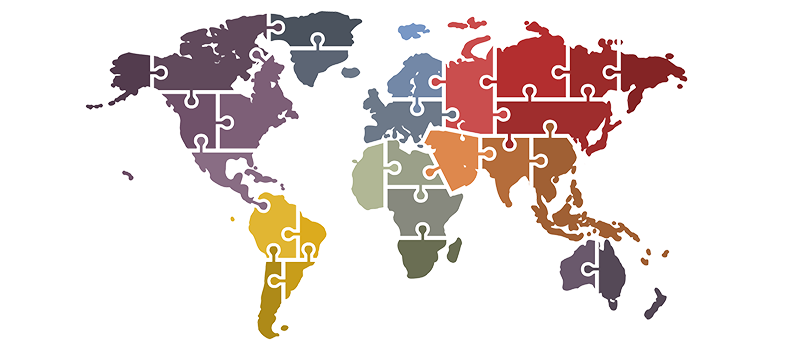4.2 Population estimation
In order to estimate the prevalence of resistance in pathogens carried by a given population, ideally national AMR surveillance systems should collect data to describe the populations from whom the data are obtained. An estimation of surveillance coverage is then made, allowing GLASS to accurately report on trends in AMR prevalence over time at national level. WHO GLASS asks for the following population data to be submitted by national AMR surveillance systems, which in turn requires the following relevant data collection at the surveillance sites:
- The total national population (typically from census data).
- Number of patients seeking care over a 12-month period at the healthcare facilities operating as surveillance sites in the country (typically from hospital administrative records).
- Number of patients with positive and negative cultures categorised by specimen type (from laboratory records).
- Number of susceptible and non-susceptible pathogens for each priority pathogen–antimicrobial, categorised by specimen type, stratified according to core demographic data e.g. by age (from laboratory and hospital records).
- Length of admission at the healthcare facility. The length of admission to hospital is useful for AMR surveillance purposes as it gives an indication as to whether an infection was
community-acquired orhospital-acquired . Community-acquired and hospital-acquired antimicrobial resistant infections require different types of public health intervention, so it is useful to be able to distinguish them in surveillance data (from laboratory and hospital records).
4.1 Representativeness



